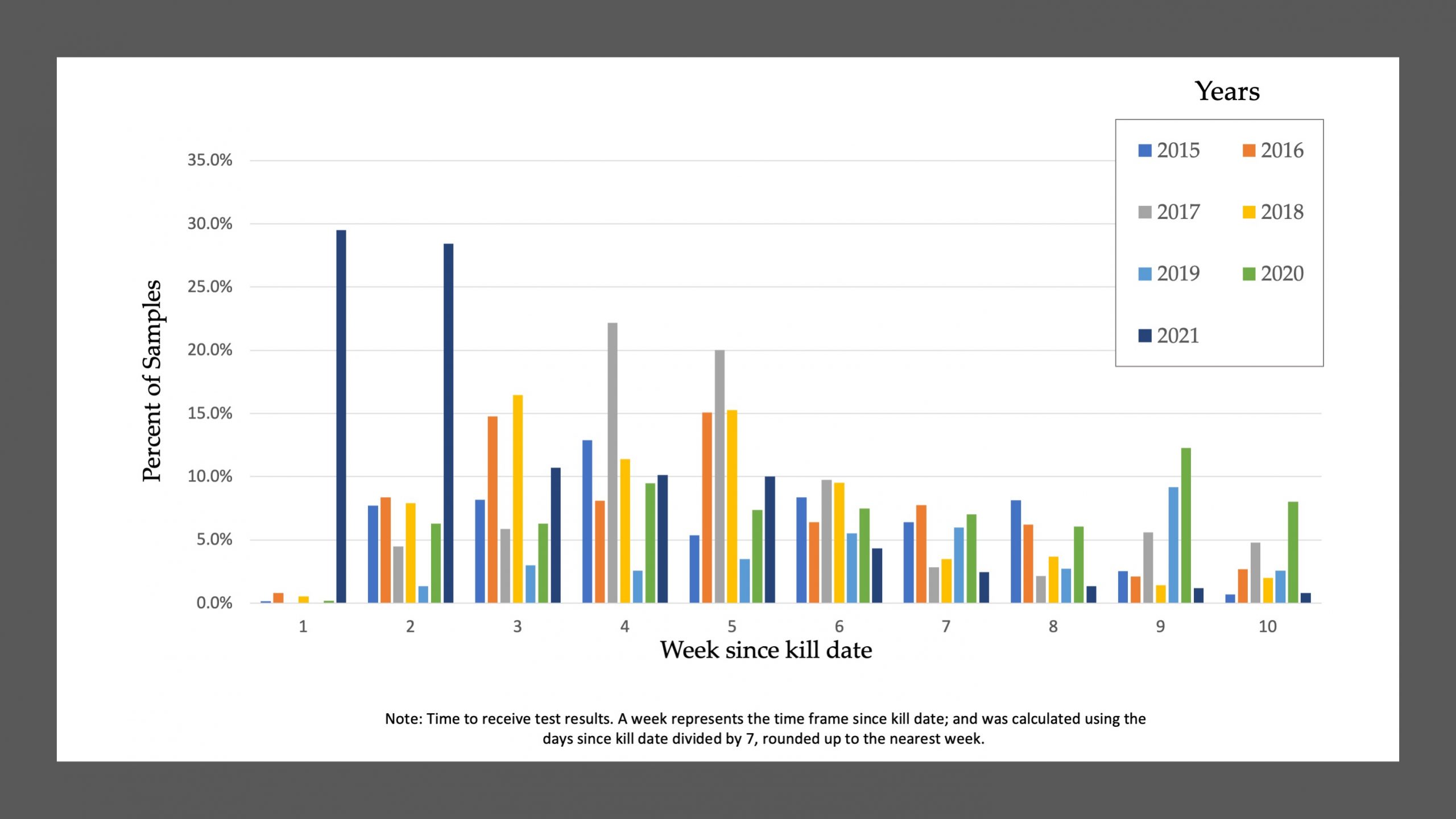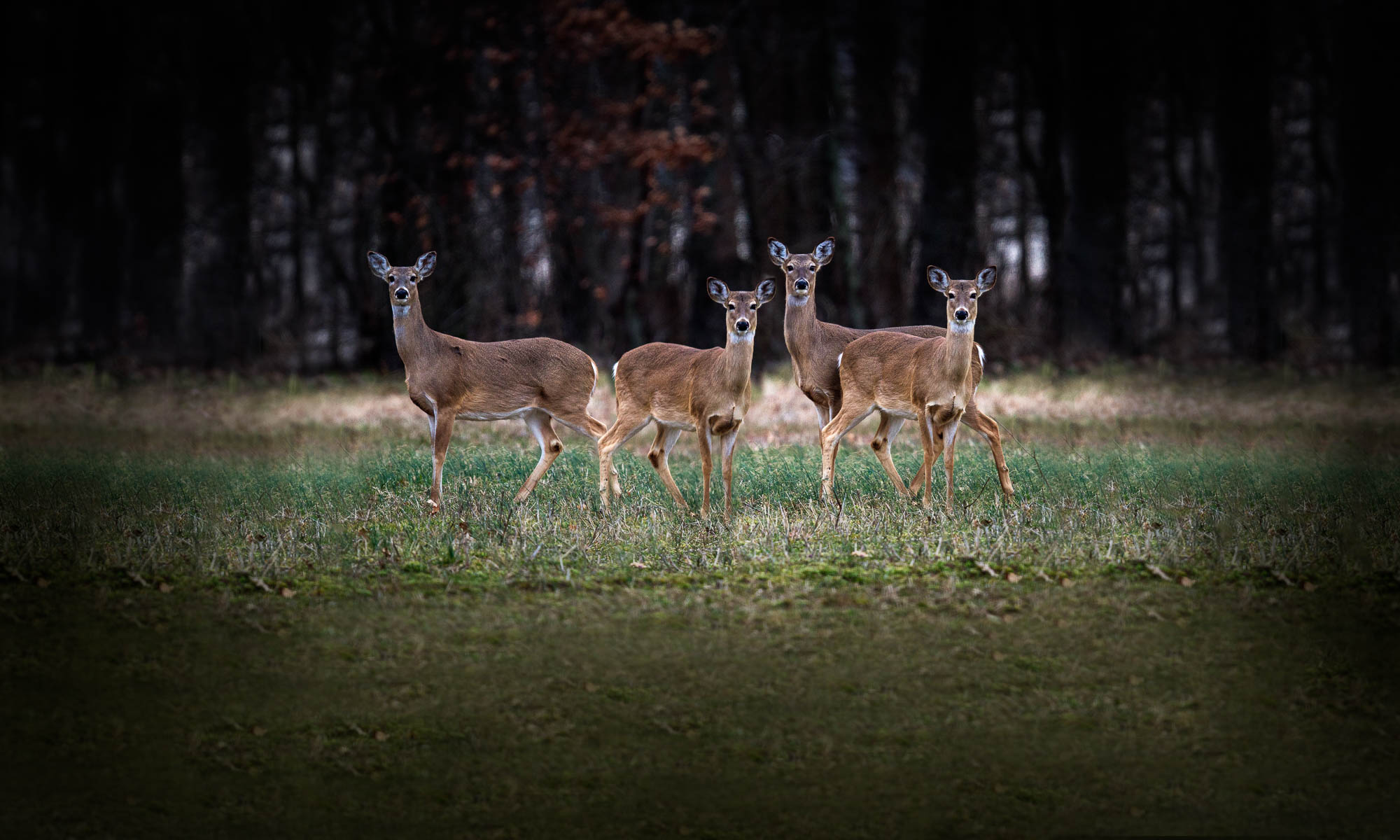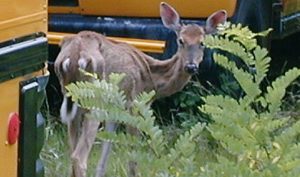By Nelda A. Rivera, Nohra Mateus-Pinilla, William M. Brown.
“Some advantages of including the ELISA test are that ELISA uses fresh tissue, eliminating exposure to Formaldehyde for those taking and processing the samples. Furthermore, fresh samples can be shipped frozen and stored in less expensive containers (e.g., Whirl-Pak bags). Thus, they require less storage space and, therefore, reduce shipping costs. In addition, ELISA typically has a 4-day turnaround for results depending on the capacity of the diagnostic laboratory.”

CHAMPAIGN, IL – During the fiscal year 2021, the IDNR surveillance management program—in partnership with Wisconsin Veterinary Diagnostic Laboratory and the University of Missouri Veterinary Medical Diagnostic Laboratory—, improved the turnaround time of results of CWD by using a combination of ELISA test (for large-scale hunter harvest surveillance) and Immunohistochemistry (for “special permit surveillance” from IDNR and “suspect deer surveillance”).
Read the whole story at the Outdoor Illinois Wildlife Journal, here.




